However, if there's time for a player to step toward the ball before contact, there's also enough time to switch grips. A slight adjustment toward a modified Continental to Eastern forehand grip gives the player a better foundation on the forehand wing. Pete Sampras was a master at this.
Throughout the backswing and follow-through phases of strokes, players should apply light, relaxed hand pressure on the grip. This promotes relaxed, fluid strokes because it prevents mechanical and rigid movements.
More: How to Choose Between Overheads and Volleys
Extensive grip pressure often leads to unnecessary stress, which causes early fatigue and injury. Grip pressure is applied through the brief strike zone of a volley (or any other stroke). The player can simply squeeze the bottom three fingers of the hitting hand at contact. Instability in the wrist at contact, which can result from too little grip pressure, leads to a lack of power and direction.
Three Stages of a World-Class Volley
Once the ready position and grip are established, the rest of the volley sequence falls into three main parts: advancement, preparation and impact. As with any stroke, each segment connects to the next. The proper execution of one makes the subsequent part that much easier and more effective.
Advancement: Players move forward after they have identified—and decided to exploit—a vulnerable opponent. Developing the desire to take advantage of these situations is a prerequisite to mastering this part of the volley sequence.
More: One Drill to Improve Your Agility
By advancing forward, the player profits from simple geometry: The closer the player is to the net, the more angles there are available, and the better the player's chances of hitting an effective volley. The advance forward could be a result of offense (a heavy forehand or big first serve), defense (a lob pushing the opponent way behind the baseline), or a miscue (an opponent hitting a poor shot that lands short in the court).
The success of the player's advancement can often be determined by how quickly the player spots a wounded opponent and transitions to the net, thereby limiting the opponent's recovery time and ability to regain equal footing in the rally.
Preparation: After the player advances forward, there is a brief moment when the player gathers himself with a split step—a little hop onto the balls of the feet performed right around the time that the opponent is about to start the backswing.
- 2
- of
- 3

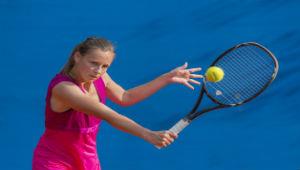
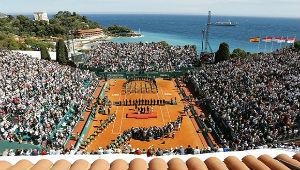
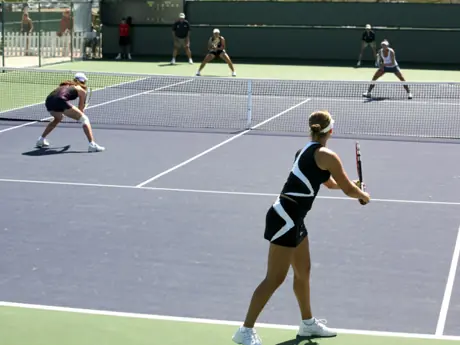
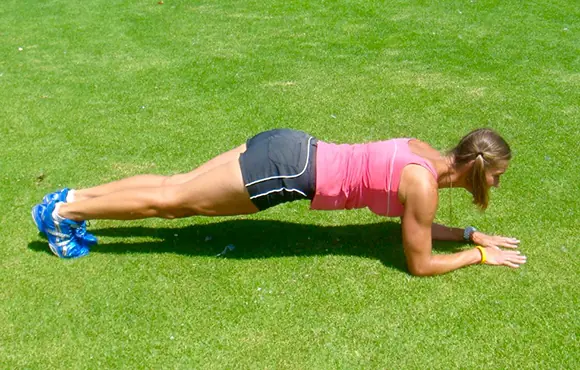
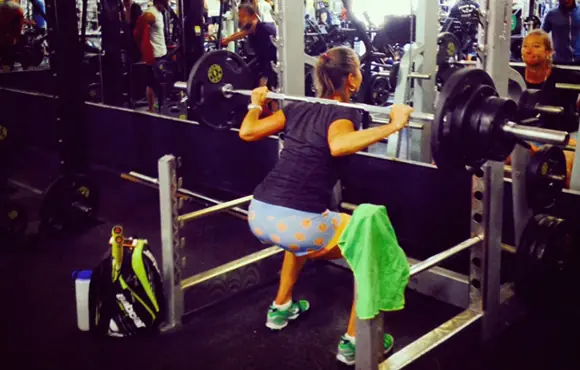

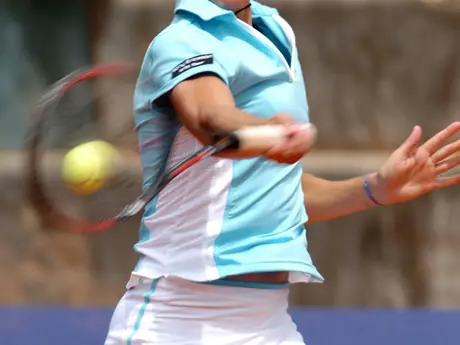
Discuss This Article